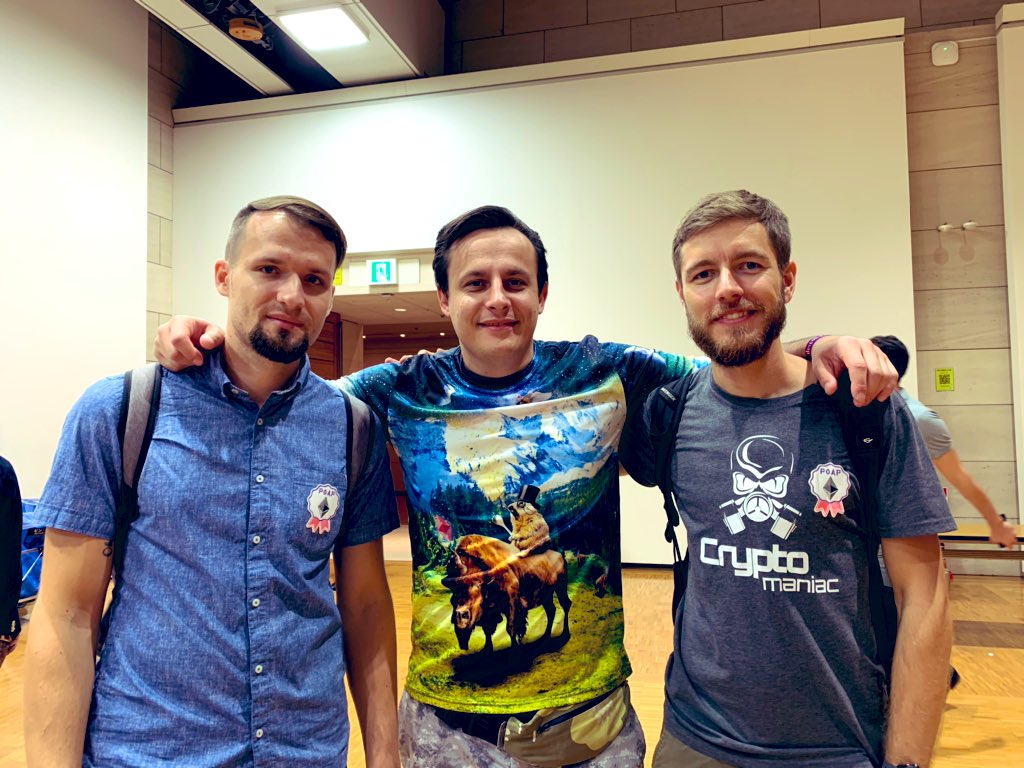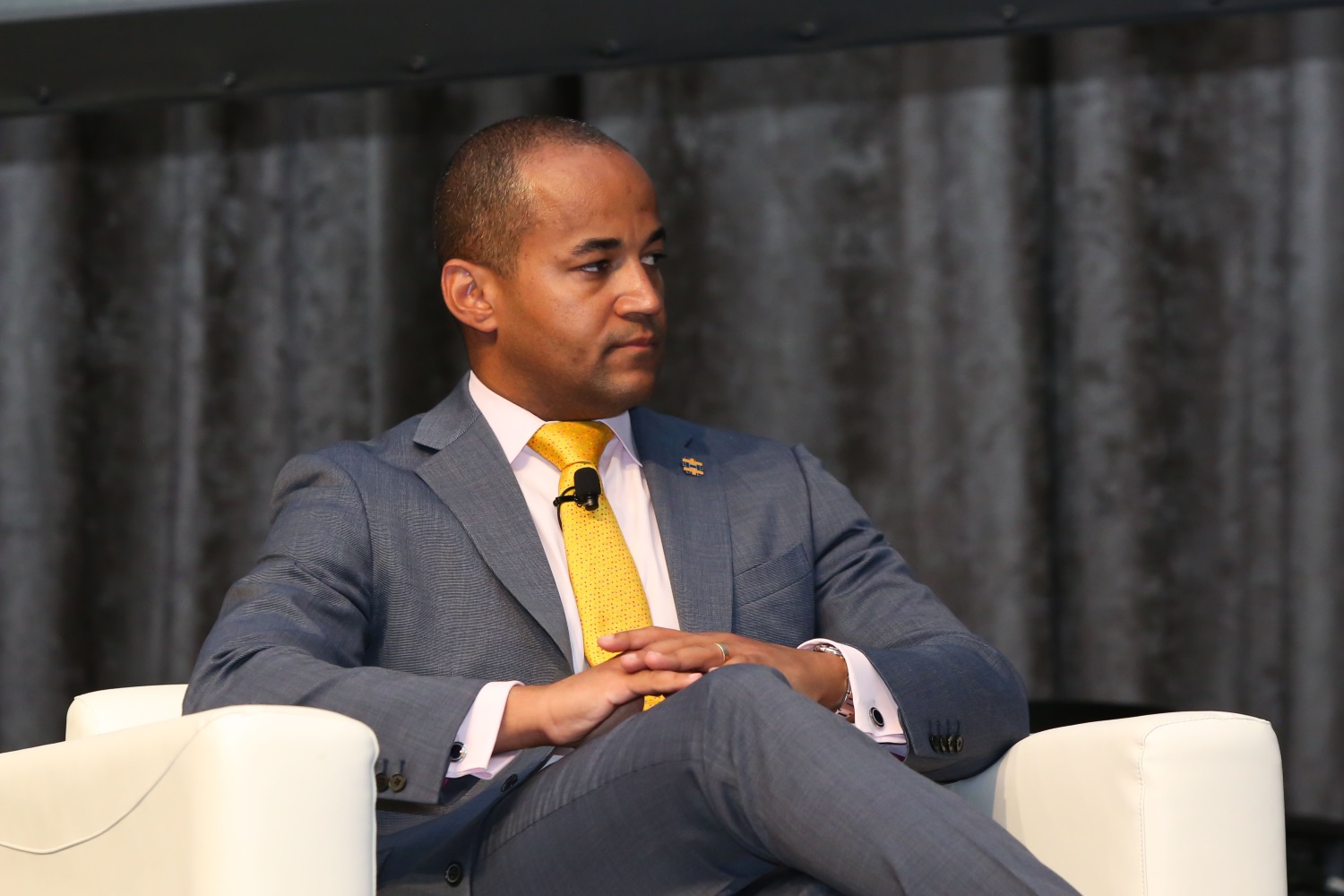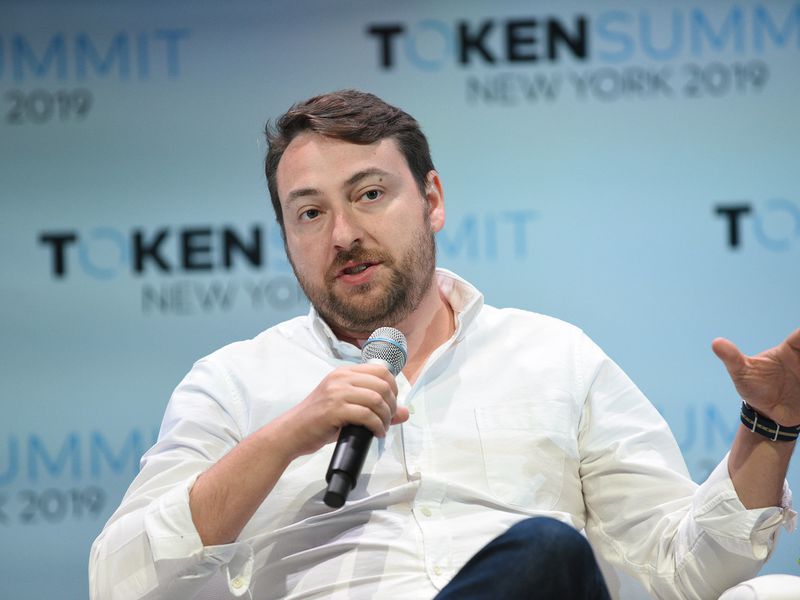Optimism Pushes for ‘Interoperability’ Between Affiliated Blockchains
-
Optimism, which has been successful in building out an ecosystem of affiliated blockchain networks, is now looking to more tightly connect them all.
-
“The Superchain needs to feel like one chain,” the Optimism team wrote in a blog post shared with CoinDesk.
Optimism, a layer-2 blockchain ecosystem atop Ethereum that has been successful in attracting new projects to use its technology – notably including Coinbase’s Base – is now looking to more intimately connect the affiliated networks.
The ecosystem, built with the aim of allowing users to transact for cheaper on top of Ethereum, laid out its roadmap on Monday for what it’s describing as a native interoperability solution, addressing issues of fragmentation between the various Optimism chains.
The announcement comes as more layer-2 ecosystems release their own interoperability solutions, like rival Polygon’s AggLayer and the Elastic Chain from Matter Labs, which is the developer firm behind the ZKsync blockchain.
Optimism’s own ecosystem has grown tremendously since its inception, partly due to its OP Stack, a customizable toolkit that lets developers build their own layer-2 networks based off of Optimism’s technology, like Coinbase’s Base chain or Worldcoin’s Worldchain.
Among the top 20 layer-2 blockchains tracked by the data site L2Beat, nine are part of the Optimism ecosystem. Collectively, those have some $16 billion of total value locked, which exceeds the $15.1 billion boasted by the biggest individual layer-2 network, Arbitrum One.
When teams launch their own networks using OP Stack, they agree to sign on to Optimism’s Superchain ethos: a series of economic and cultural agreements that contribute to Optimism’s ecosystem.
“I think, like, the best way to think about the Superchain is that it’s a set of people and organizations that are aligned towards the common goal of elevating humanity and upgrading capitalism,” said Mark Tyneway, the co-founder of OP Labs, the main developer firm behind Optimism, in an interview with CoinDesk.
“All of the chains that are a part of the Superchain, they pay a part of the revenue that they make at running their sequencer to the Optimism governance, and Optimism governance does retroactive public goods funding,” meaning it distributes tokens and grants to those who contribute to Optimism’s ecosystem, Tyneway said.
Relying on Ethereum
One drawback stifling growth has been that the networks that are part of the Superchain rely on Ethereum to communicate with each other in order to move assets, which tends to make such moves slow and expensive.
To address that, Optimism is coming out with its own native interoperability layer, so networks in the Superchain have an easier time communicating with each other.
“The Superchain needs to feel like one chain,” the Optimism team wrote in a blog post shared with CoinDesk. “To achieve this, we’re setting out to build a unified Superchain where users, assets, and developers move seamlessly across the network and beyond.”
The Optimism team plans to have the native interoperability solution up and running on mainnet by early 2025. In the interim, the Optimism team will launch the interoperability layer on a developer network soon, followed by a launch on a test network.
“So interoperability as a technology, it lets you basically read information from one chain and process that information on another chain,” Tyneway told CoinDesk.
Edited by Bradley Keoun.
Disclosure
Please note that our
privacy policy,
terms of use,
cookies,
and
do not sell my personal information
has been updated
.
CoinDesk is an
award-winning
media outlet that covers the cryptocurrency industry. Its journalists abide by a
strict set of editorial policies.
In November 2023
, CoinDesk was acquired
by the Bullish group, owner of
Bullish,
a regulated, digital assets exchange. The Bullish group is majority-owned by
Block.one; both companies have
interests
in a variety of blockchain and digital asset businesses and significant holdings of digital assets, including bitcoin.
CoinDesk operates as an independent subsidiary with an editorial committee to protect journalistic independence. CoinDesk employees, including journalists, may receive options in the Bullish group as part of their compensation.
:format(jpg)/s3.amazonaws.com/arc-authors/coindesk/7dc71a1a-5122-47cc-9bbf-82501f65b060.png)
Margaux Nijkerk reports on the Ethereum protocol and L2s. A graduate of Johns Hopkins and Emory universities, she has a masters in International Affairs & Economics. She holds a small amount of ETH and other altcoins.
Follow @cryptauxmargaux on Twitter









